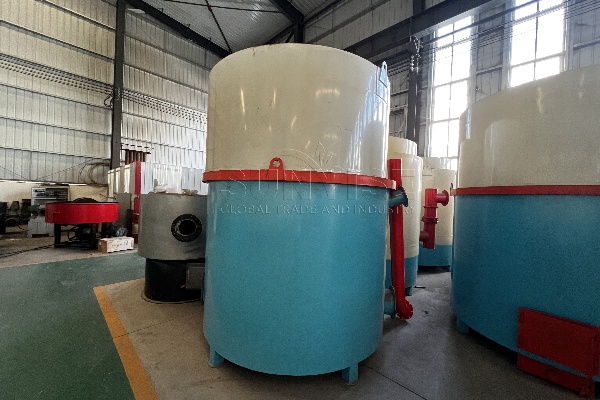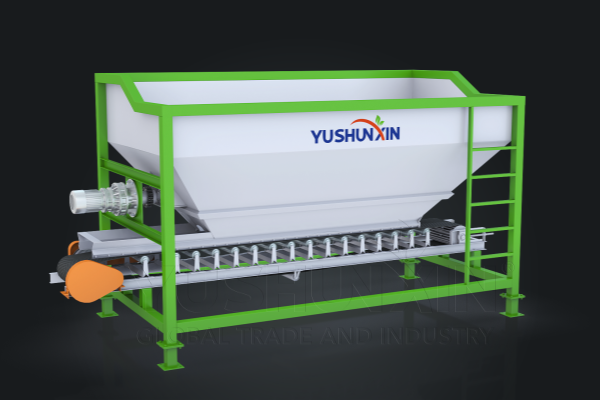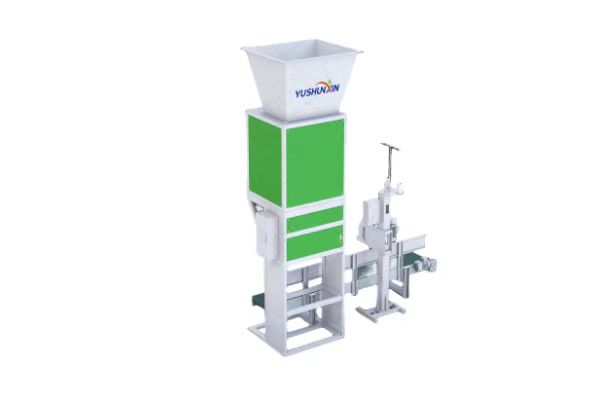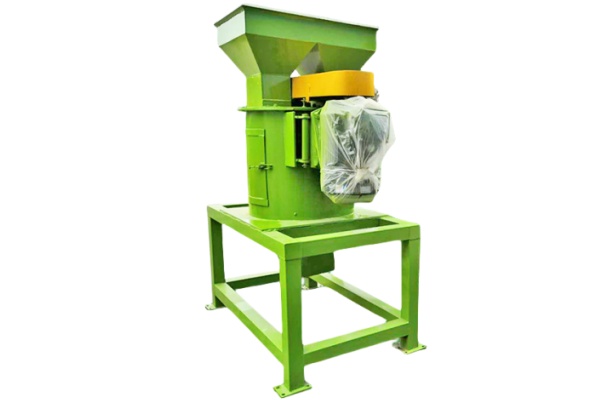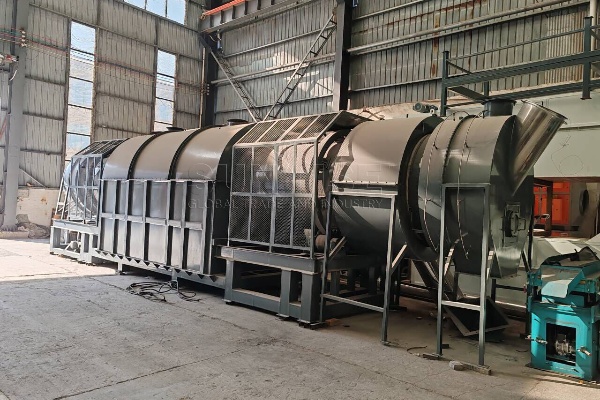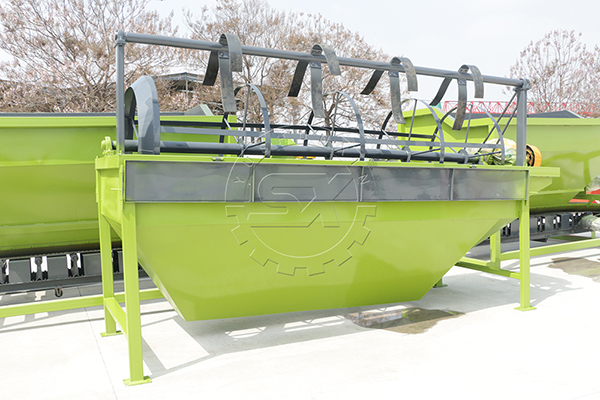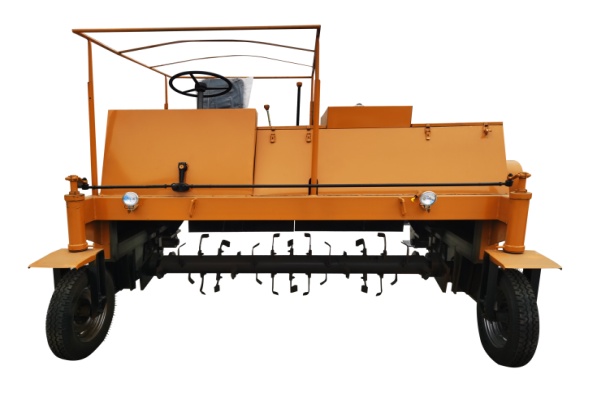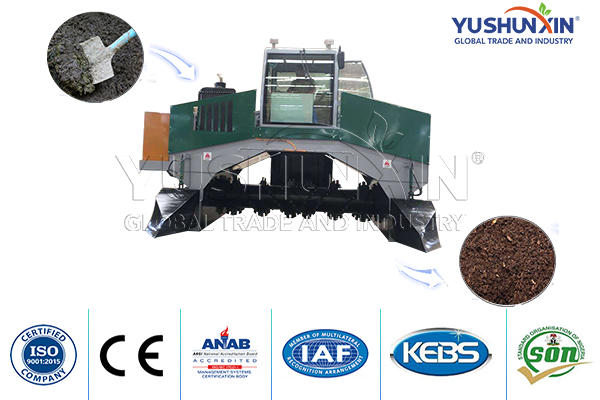Do you want your fertilizer to be more competitive? Do you want your fertilizer sales to be better? Then you can produce charcoal-based fertilizer. Because fertilizers rich in organic carbon are better for stable and high crop yields.If you want to produce charcoal based fertilizer then you need biochar fertilizer machine that can produce carbon. And we recommend the carbonization furnace equipment for you.This article contains the role and working principle of the charcoal furnace equipment in the production line, as well as the advantages of the charcoal furnace equipment. It can provide you with a lot of information you want.
Our three major carbonization furnaces
Continuous Carbonization Furnace
If you want to produce large output of charcoal-based fertilizer, then we recommend you to use continuous charring furnace. Due to their both high operational efficiency with a constant output. And economically viable for large-scale production due to higher throughput. So, these furnaces are ideal for fertilizer industries that produce large volumes of biomass.
Continuous charring furnaces operate uninterrupted, allowing simultaneous addition of biomass and removal of char. Moreover, this is achieved using a conveyor system or moving grate that transports biomass through various heating zones for pyrolysis. In additional, these furnaces are highly efficient and are suitable for large-scale operations that require a constant output of biochar.
Hanging Charring Furnace
If you want a faster time and biomass is more nutritious for biomass production. Then you can choose to use the hanging charcoal furnace equipment. Because it not only provides very even heat distribution, so it can shorten the time of material heating. But also minimizes damage or alteration to the physical structure of the material being processed.
Horizontal charring furnaces feature a horizontally oriented chamber, where biomass is fed. They operate in both batch and continuous modes, depending on the design. Biomass moves through the chamber on a conveyor belt or by gravity. Heat is applied from the sides, and the chamber sometimes rotates to ensure even carbonization.
What is the structure of the carbonisation furnace equipment?
Carbonisation furnace equipment refers to machinery and apparatus specifically designed for the production of charcoal through the process of carbonization. Carbonization is the process of heating organic materials, such as wood, coconut shells, or agricultural residues, in the absence of oxygen to convert them into charcoal. Charcoal furnace equipment typically consists of the following components:




